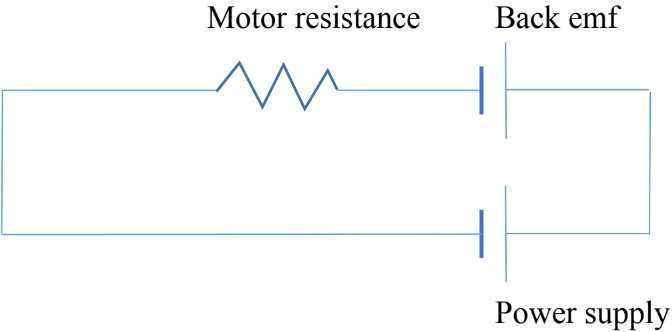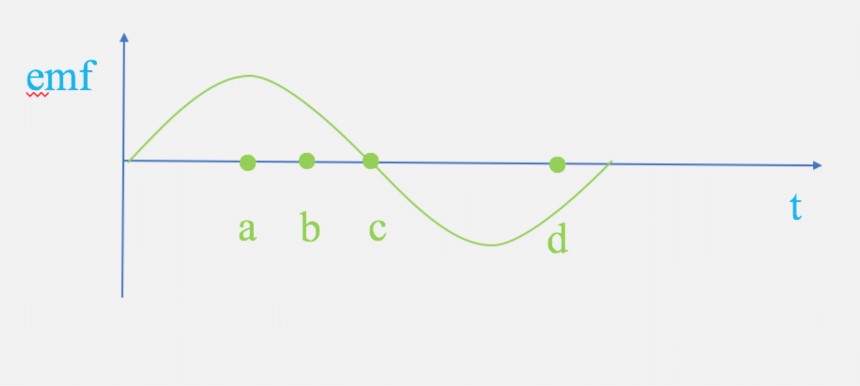In this lesson, we will learn:
- Alternating Current (ac) VS. Direct Current (dc)
- Motor VS. Electric Generator
- ac Generator Principles
- dc Generator Principles
- Counter emf (Back emf)
Notes:
ac: A current that changes its sense with time is called the alternating current. (Example; ac generator)

dc: A current that flows only in one direction is called the direct current. (Example; dc Motor)
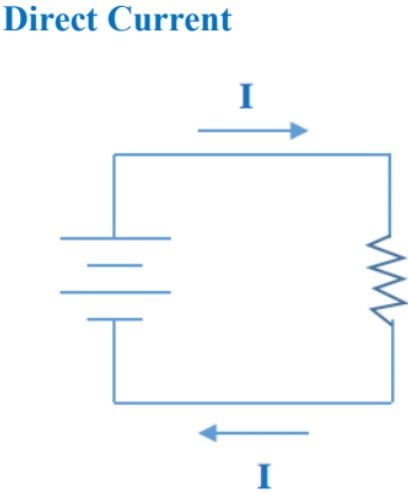
Motor VS. Electric Generator
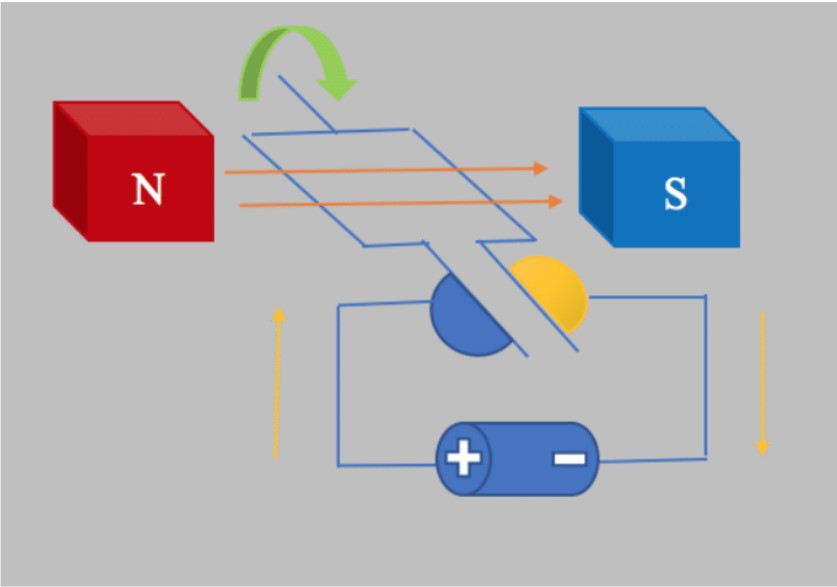
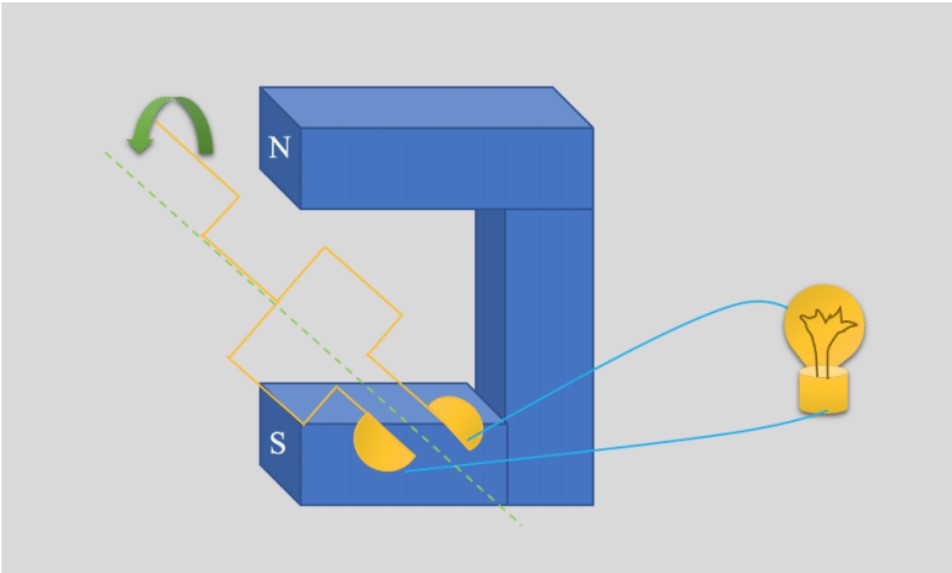
AC generator: A generator that consists of many loops of wire wound around an armature that rotates in a magnetic field. The axle connected to the armature rotates by some mechanical means such as; falling water, steam turbine, etc. As the coil rotates, an emf is induced, therefore, an electric current is the output of the generator.
The current in external circuit changes direction.
Assumption: the coil rotates in clockwise direction
0-90
As the coil rotates and moves to its vertical position side AB goes up and side CD goes down. The change in flux is maximum, therefore, the induced current is maximum.
90-180
The coil would be in its horizontal position, change in flux is zero, no induced current, so current does not change direction when the loop is parallel to the filed.
180-270
The loop is again in its vertical position, where the change in flux is maximum, the current is induced in the opposite direction.
270- 360
The loop is back to its horizontal position where there is no change in flux and no induced current.
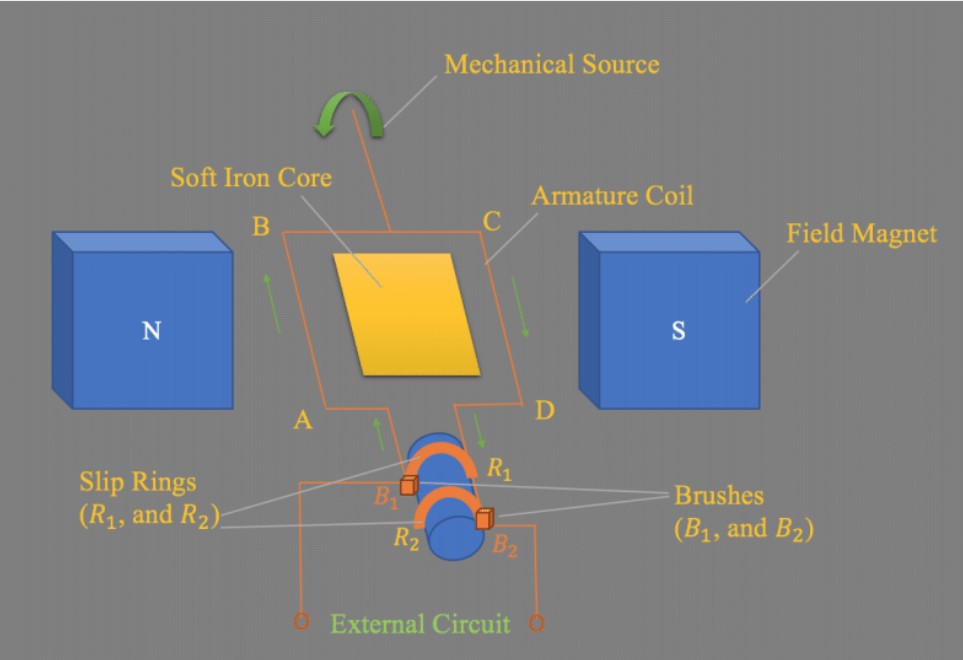
Dc generator: A generator that consists of many loops of wire wound around an armature that rotates in a magnetic field. The coil is connected to a source of electricity. Since the coil is placed in a magnetic field, as the current flows through the coil, an electromotive force will be produced, thus mechanical energy would be the output of dc generator.
0-90
As the coil rotates and moves to its vertical position side AB goes up and side CD goes down. The change in flux is maximum, therefore, the induced current is maximum.
90-180
The coil would be in its horizontal position, change in flux is zero, no induced current, so current does not change direction when the loop is parallel to the filed.
180-270
The loop is gain in the vertical position, where the change in flux is maximum, current is induced.
270- 360
The loop is back to its horizontal position where there is no change in flux and no induced current.
- The current in the external circuit always flows in one direction.
- When the loop is in vertical position the brushes are in contact with the rings, maximum current flows through the external circuit.
- When the loop is in horizontal position, the brushes are not in contact with the rings, no current flows through the external circuit.
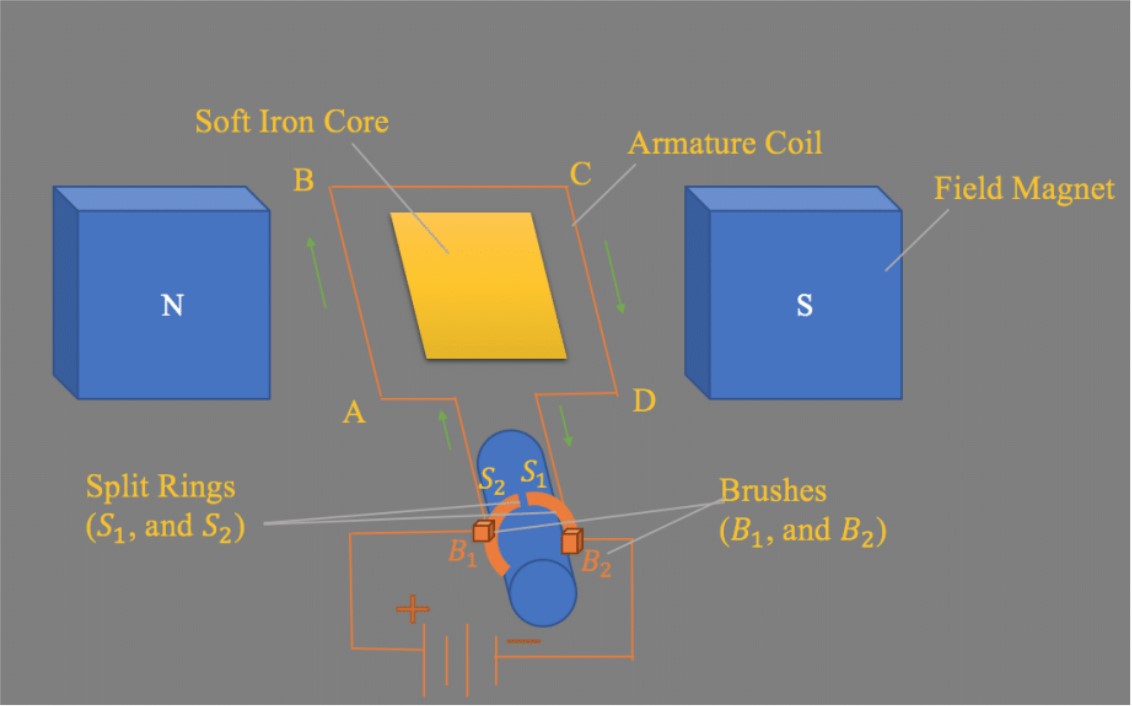
Voltage Vs. Time Graph
dc generator
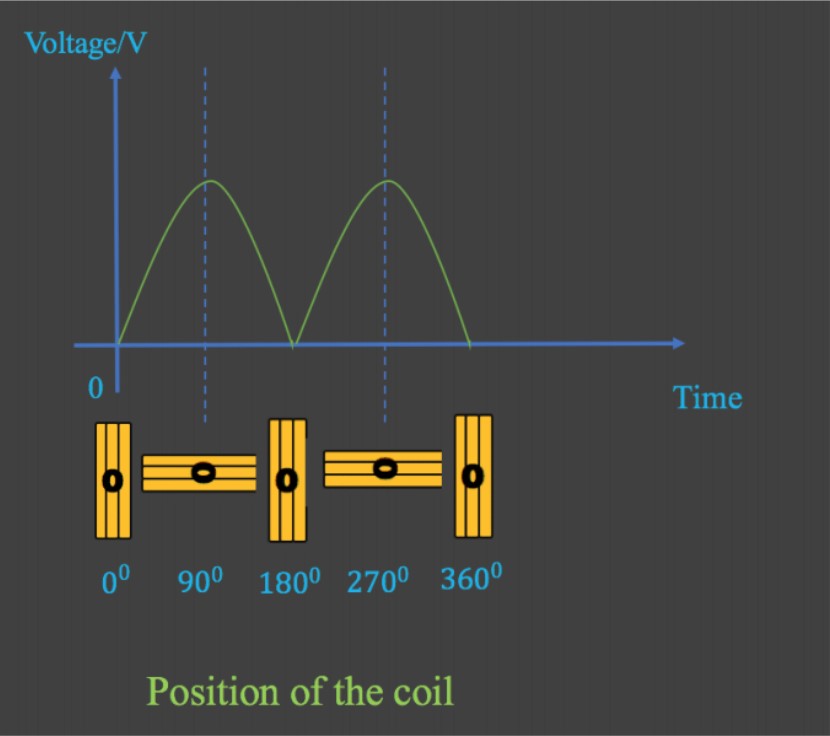
ac Generator
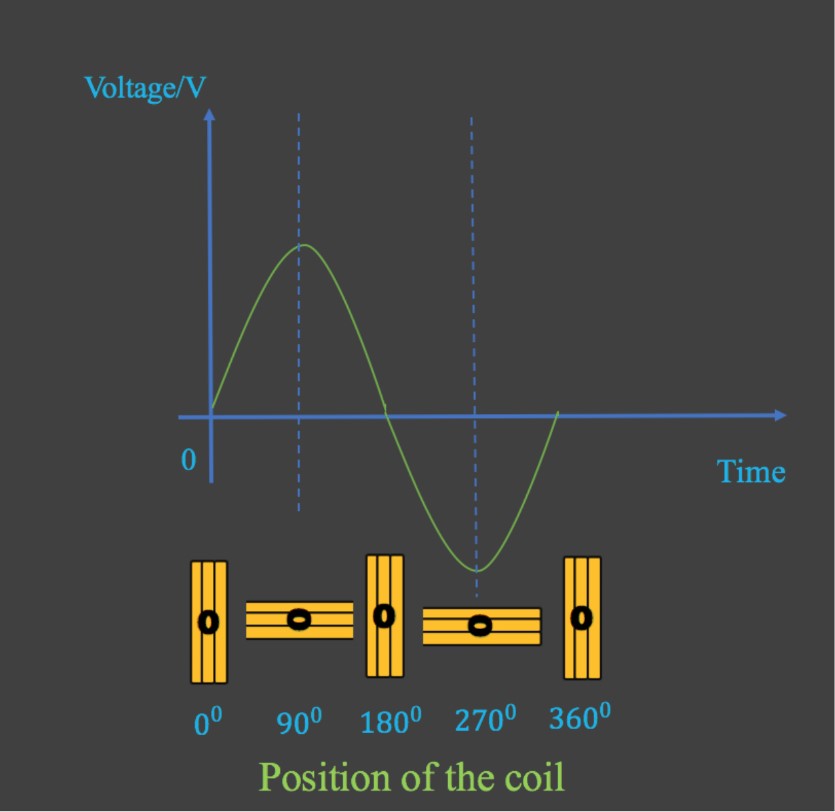
- Due to the rotation of the coil, the magnetic flux through the coil changes, thus, an induced EMF is produced.
- According to the Lenz’s law, the induced EMF acts to oppose the motion which is called the Counter EMF or Back EMF.
- The greater the speed of rotation, the greater the counter EMF.
- If there is no load, the speed of the motor keeps on increasing till the back EMF will be equal to the input voltage.
- As the mechanical load increases, the motor rotates at lower speed thus smaller back emf is produced.
Example
The armature of a dc motor has a resistance of 8.0 . The motor is connected to a 110-V power supply, when the motor reaches its maximum speed the back emf is 90-V.
- Calculate the current in the motor as it starts up.
- Calculate the current when the motor reaches its highest speed.
- At the beginning the motor turns very slowly, so there is no back emf.
13.75 14 - The motor is rotating at its full speed, the back emf is induced and should be included in the circuit,
